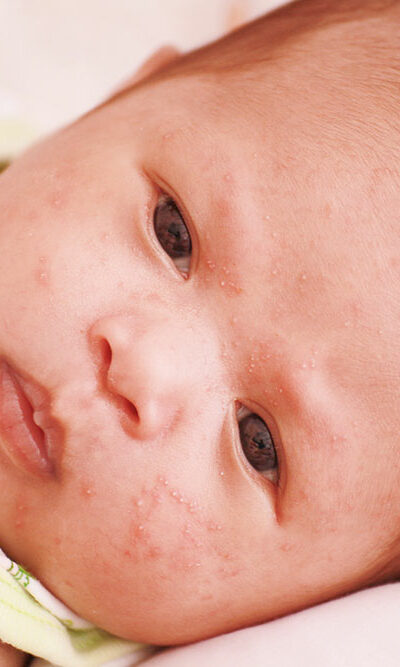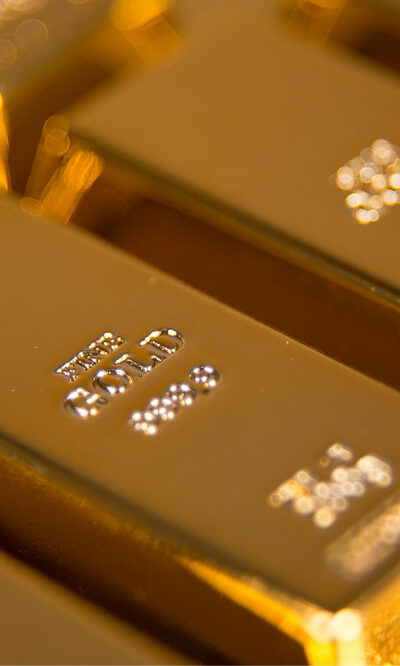
Viral infections – Common types and early symptoms
Infections caused by viruses are called viral infections. Viruses are tiny pathogens that use a person’s cells to replicate repeatedly. They usually cause digestive and respiratory illnesses, but some variants can also affect other body functions. Common viral illnesses include the flu, cold, and herpes (cold sores). These go away on their own in most cases but can sometimes cause life-threatening or chronic health problems. Here are the types and early symptoms of viral infections. Types of viral infections Viral infections are usually classified depending on the body part they infect, how they spread, and the symptoms they cause. Certain viruses, such as adenovirus and herpes virus, can cause different health problems. The common types of viral infections include the following: Respiratory viral infections Respiratory viral infections start in the lungs, airways, throat, and nose. These infections cause pneumonia, ear infections, sinusitis, and bronchitis. Some common types of respiratory viral infections include: Common cold, which is generally caused by rhinovirus Flu caused by influenza Respiratory syncytial virus (RSV) Human metapneumovirus (hMPV) Parainfluenza Viral infections in the digestive system Viral infections can affect any part of the digestive system but usually start in the stomach, intestines, gastrointestinal tract, or liver. Some common types of digestive system viral infections include the following: Norovirus, astrovirus, and rotavirus cause gastroenteritis, also called stomach flu. The hepatitis virus causes an infection in the liver, which can last long, leading to chronic health problems. Viral hemorrhagic fevers This type of viral infection affects the blood clotting process. It weakens the blood vessels, leading to chronic and sometimes life-threatening bleeding. Some common types of viral hemorrhagic fevers include the following: Ebola Hantavirus pulmonary syndrome (HPS) Severe dengue Yellow fever Sexually transmitted viral infections Sexually transmitted viral infections are usually spread through intercourse. Common examples of this type of viral infection include the following:










